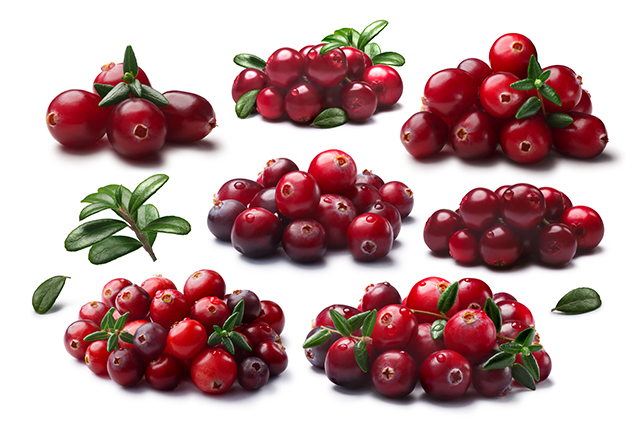Get that baby outside: New study finds exposure to high levels of vitamin D in early childhood reduces risk of diabetes
12/04/2017 / By Rita Winters

Mornings are not only great, but healthy too. Recent studies show that exposure to high levels of vitamin D, especially in childhood, greatly reduce the risk of being diagnosed with type 1 diabetes.
Research background
In 2004, a multinational study involving 8,676 children began, in order to find out if higher-vitamin D levels reduced the risk of developing type 1 diabetes. The Environmental Determinants of Diabetes in the Young, or TEDDY study, involved children with a higher risk of type 1 diabetes from genetic inheritance. The children were from the U.S., Finland, Germany, and Sweden.
The large sample size required the children to visit the clinic every three months between three to 48 months of age, and every six months after they were two years old. As part of the standard procedure during every visit, blood samples were taken. This enabled the researchers to determine the infant’s current vitamin D levels, and if islet autoimmunity (the precursor to diabetes) was present. Researchers found that the 376 children who developed islet autoimmunity had lower levels of vitamin D levels as compared to the 1,041 who did not develop it. (Related: Asthma attacks cut in half by vitamin D supplements, study finds.)
The study does not specify if vitamin D intervention through supplements or diet affected the outcome. However, a 2013 study on 1,000 U.S. military members found that individuals who had a higher intake of vitamin D in their adolescence had a better chance of not getting diagnosed with diabetes.
Adding vitamin D to your diet
Vitamin D is a wonderful vitamin that has a lot of health benefits. Instead of taking capsulized supplements, you can incorporate vitamin D in your diet by exposing yourself to the morning sun or eating the right food.
Different organizations and health centers recommend different needed levels of vitamin D. Averaging the recommendations show that infants need 1,000 International Units (IU) per day, children need 1,000 IU per day per 25 lbs. of body weight, and adults need 5,000 IU per day.
A few minutes under the sun every day will help your skin produce sufficient amounts of vitamin D, enough to supply your whole day. This is the best way to get your daily dose of vitamin D. It depends on your skin type though: The darker the skin tone, the longer it would take for your skin to absorb the UVB rays needed to make vitamin D. The time spent under the sun depends heavily on your skin tone, your location, and the weather.
You can also get vitamin D from a lot of food, which is better than getting it from synthetic supplements. Here is a list of the food items that provide the vitamin D your body needs, and their estimated vitamin D levels.
- Fatty fish (425 IU in three oz. of fresh salmon, 547 IU in three oz. of mackerel)
- Beef liver (42 IU in three oz.)
- Egg yolks (41 IU per egg)
- Fortified milk (100 IU in eight oz.)
- Orange juice (137 IU in one cup)
- Fortified cereals (50 to 100 IUs in 0.75 to one cup)
Many of the items listed above can be just one of the ingredients in a bigger dish. They don’t necessarily have to be eaten by themselves, instead, try searching for food recipes that incorporate those listed above to get a tastier meal.
Since vitamin D from food sources is not enough, it is recommended to expose yourself to the sun and consume the food listed above to be able to get the right amount of vitamin D.
For more information on the benefits of Vitamin D and other natural health strategies and recipes, visit VitaminD.news.
Sources include:
Tagged Under: child health, diabetes, disease prevention, natural remedies, prevent diabetes, sun exposure, type 1 diabetes, vitamin D, vitamin D sources




















